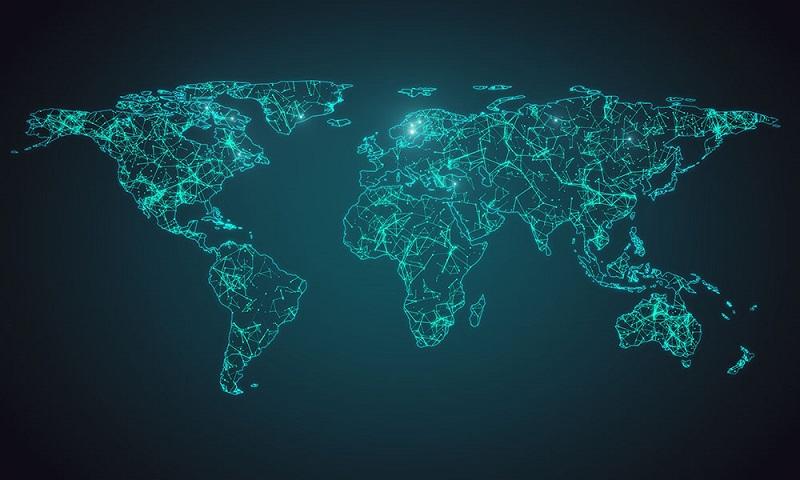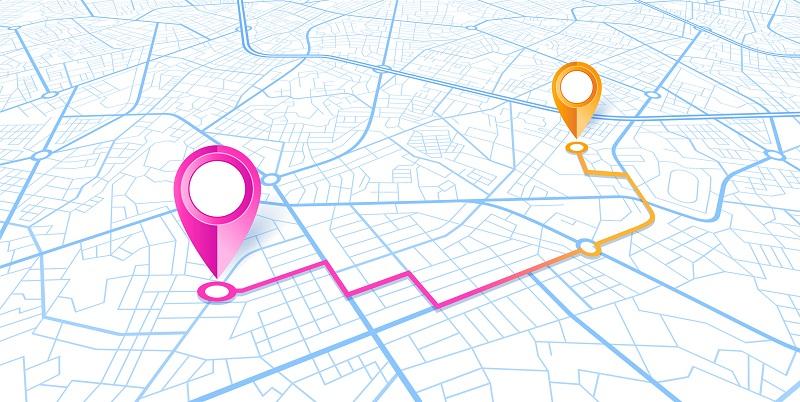How geo blocking protects digital property
| March 11, 2020

Geo-blocking restricts access based on a user’s location on earth. As the GPS effectiveness increases, so does the importance of extensive geo-blocking. This practice has a lot of value for companies, especially ones with large amounts of intellectual property accessible online. Learn more about it to see how it could benefit your business. The following is a guide to provide you with the basics.
What is geo blocking?
Geo-blocking obstructs website access and other content based on user location. There are a lot of ways the technology determines a user’s location in order to implement the appropriate restricting protocol. This generally includes identifying location based on an I.P. address, checking profile information and measuring ping. Sometimes this practice is a symptom of a government decision, though often a business uses this method.
Geo-blocking systems block websites from users in specified locations. Companies can block website access to users in a restricted location. This allows them a chance to create content that is accessible to desired parties only. With this technology, a company’s system automatically measures the details of user locations and determines whether to permit access or not. Ultimately, this changes who sees content and, more importantly, what type of content is produced and released.

What is it used for?
There are a lot of different uses for geo-blocking. It’s important for applying tax codes to online purchases (different areas have different tax laws). Other potential restrictions include things like gambling, which is legal in some states or areas but illegal in others. For businesses with time and location-sensitive quotes for prices of goods, it ensures they won’t be shorted.
For a company, geo-blocking restricts certain content to areas that aren’t the target market. It also prevents content that could potentially harm the outlook of the product or service. This keeps companies in control of their releases online which would otherwise be open to everyone no matter the location. In a way, it’s a restrictive tool that potentially helps with the sharing and spreading of content.

How it protects licensed content
The most important function of geo-blocking technology for businesses is the ability to protect licensed and copyrighted content. Digital protection of copyrighted material is getting more and more difficult for companies to control and geo-blocking offers a viable solution to the issue. One reason it’s so important to efficiently use the most powerful technology is that it needs to restrict those who try to circumvent it. It’s one thing for the tool implemented to restrict the willing. It’s a whole different issue to block those willing to attempt to overcome the restriction.
To demonstrate the importance of this measure, picture a scenario where a company purchases the rights to screen a movie for its customers. This would allow them to screen said movie for customers in the location agreed upon during the construction of the contract. In order to prevent a contract breach, they would set up geo-blocking to keep the screenings within the allowed zone. This demonstrates, once again, how something restrictive is actually the opposite in a lot of ways (the movie couldn’t be shared without the restricting measure).
Geo-blocking is something a lot of companies should consider in the constant attempt to secure and maintain digital assets. Along with digital rights management, geo-blocking is a strong method to restrict access to and keep control of intellectual property.
